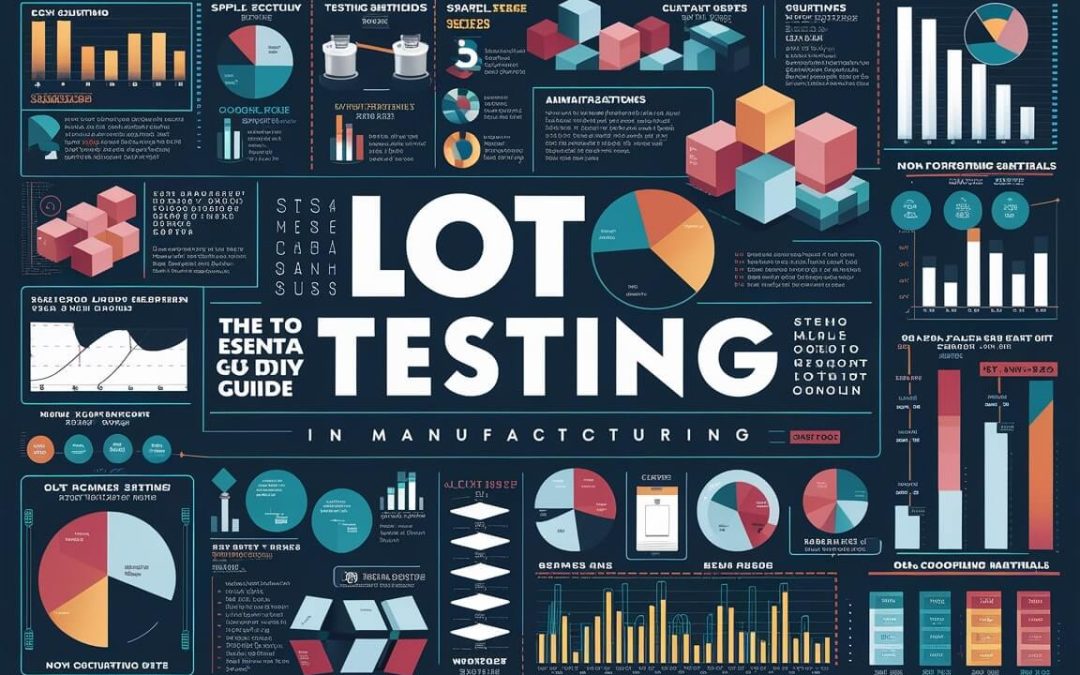After making coding changes in the fast-paced world of software development, regression testing ensures the quality and stability of an application.
Regression testing is a software testing process to assure that existing functionality keeps working without failure even after new feature addition, bug fixing, or modification of any other kind is carried out.
This comprehensive guide takes you through all you need to know and do to develop a strong regression testing strategy for your backbone to maintain high-quality and reliable software testing services providers.
Understanding Regression Software Testing
- What is Regression Testing?
This refers to a very critical process, the repetitive verification of the software application functionality to ensure that no changes have occurred which would introduce unanticipated regressive bugs. Typically, it falls as a part of the software development lifecycle (SDLC) and is conducted post-change to code or before a large release.
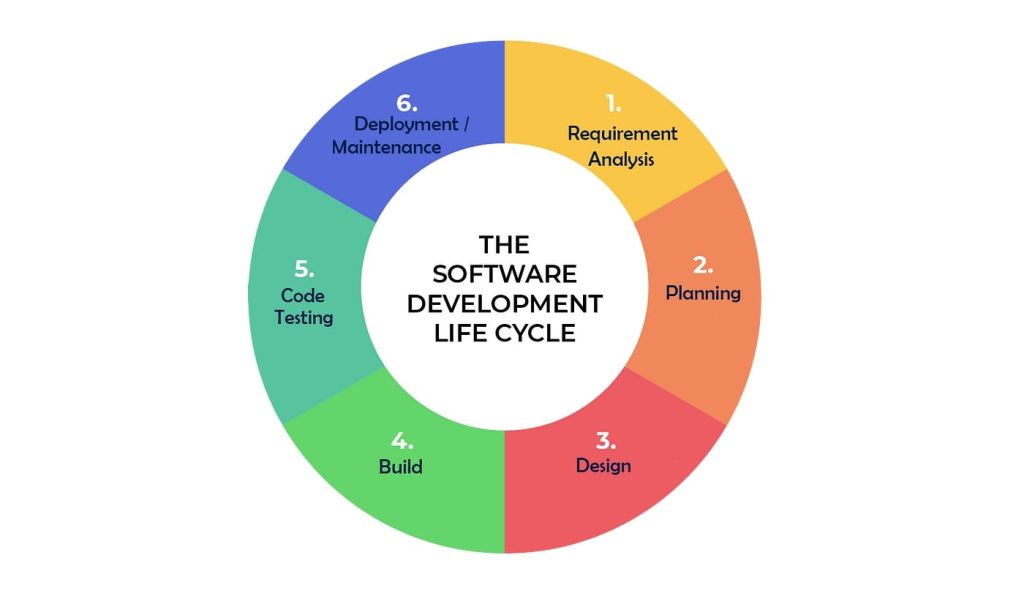
Importance of Regression Testing
Regression testing plays a vital role in the SDLC by:
- Avoiding Regressions: It helps in catching any bugs that might have been introduced due to a change in the code and ensures that already functioning functionality remains intact.
- Improvement of Software Quality: Regression testing aims at maintaining high-quality software, with an extensive focus on retesting the functionality.
- High Confidence Level: Regression testing ensures confidence to a high degree level for both developers and other parties that the software works as needed, indicating its stability.
- Save Development Costs: It saves the costs involved in making corrections for those bugs located later in the development cycle.
Regression Testing Strategies
What follows are common approaches to regression testing, and herein lies the rub:
- Full Regression: It is a complete testing of every functionality of the application at every change. Comprehensive but may result in a time-consuming activity, especially for large applications.
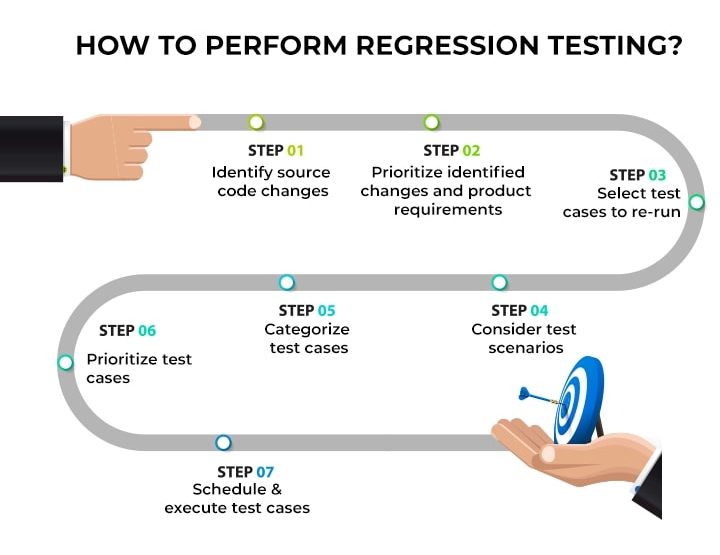
- Selective Regression: This testing approach especially targets the testing of functions that have changed or have been directly affected by change. This is a middle-of-the-road approach between thoroughness and efficiency
- Prioritized Regression: Here, the test cases would be generally prioritized on the functionality, i.e., having maximum impact compared to those with minimum impact or having low risk compared to those with maximum or low risk.
Top 12 AI Software Testing Tools for Test Automation
As we set our sights on 2024, it’s time to unveil the top 12 AI software testing tools that are making waves in the realm of test automation.
Choosing the Right Strategy:
Here’s a table summarizing factors to consider when choosing a regression testing strategy:
| Factor | Full Regression | Selective Regression | Prioritized Regression |
| Project Size | Suitable for small projects | Ideal for medium-sized projects | Best for large and complex projects |
| Development Methodology | Works well with Waterfall | Applicable to both Agile and Waterfall | Particularly suited for Agile environments |
| Time Constraints | Time-consuming | More efficient than full regression | Most efficient option |
| Resources Available | Requires significant resources | Less resource-intensive than full regression | Requires moderate resources |
Planning and Design
Effective regression testing requires meticulous planning and design. Here are the key steps:
- Scope Definition: Clearly mention what functionalities are covered under regression testing based on changes done.
- Test Case Prioritization: Prioritize test cases according to risk assessment. High-risk functionalities shall have greater test coverage.
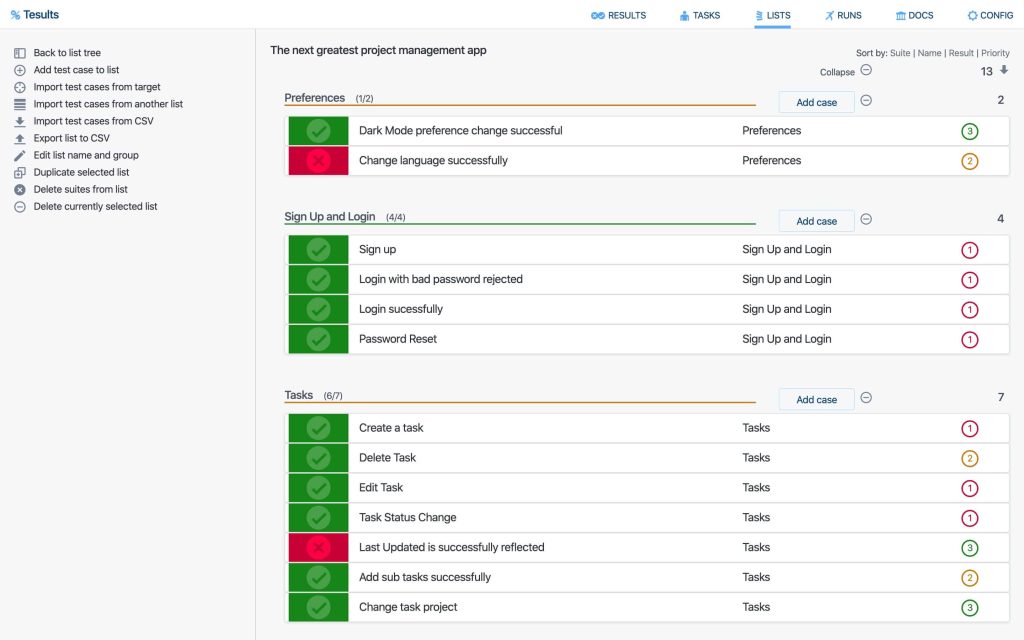
- Creation of the Regression Test Suite: Create and document in a well-documented manner, all the test cases that are to be executed in the regression test.
Leveraging Automation
Manual regression testing can be time-consuming and prone to human error. Automation offers significant benefits:
- Increased Efficiency: Automated tests can be executed quickly and repeatedly, saving time and resources.
- Improved Consistency: Automated tests ensure consistent execution, reducing the risk of human error.
- Faster Feedback: Automated tests provide immediate feedback on regressions, allowing for quicker fixes.
- Choosing Automation Tools: The suite offers many alternatives, such as Selenium, Cypress, and Appium, which apply specifically for web applications, among others like JUnit and TestNG for unit testing.
- Developing Automation Scripts: The scripts have to be written, well-structured, and modular in nature. Clear, precise, and duly documented code has to be used in all the scripts for the sake of maintainability.
Top 10 Software Testing Companies in USA & India
Top Software Testing Companies, best Software Testing Companies, Top 10 software testing companies, 10 top software testing companies.
Test Data Management
Regression testing relies on clean, consistent, and diverse test data. Here’s why data management is crucial:
- Data Consistency: Consistent test data ensures reliable execution and accurate results.

- Data Diversity: Using diverse test data helps uncover edge cases and potential regressions.
- Data Management Techniques: Some of the data management techniques to keep data privacy while allowing test integrity are data masking and anonymization.
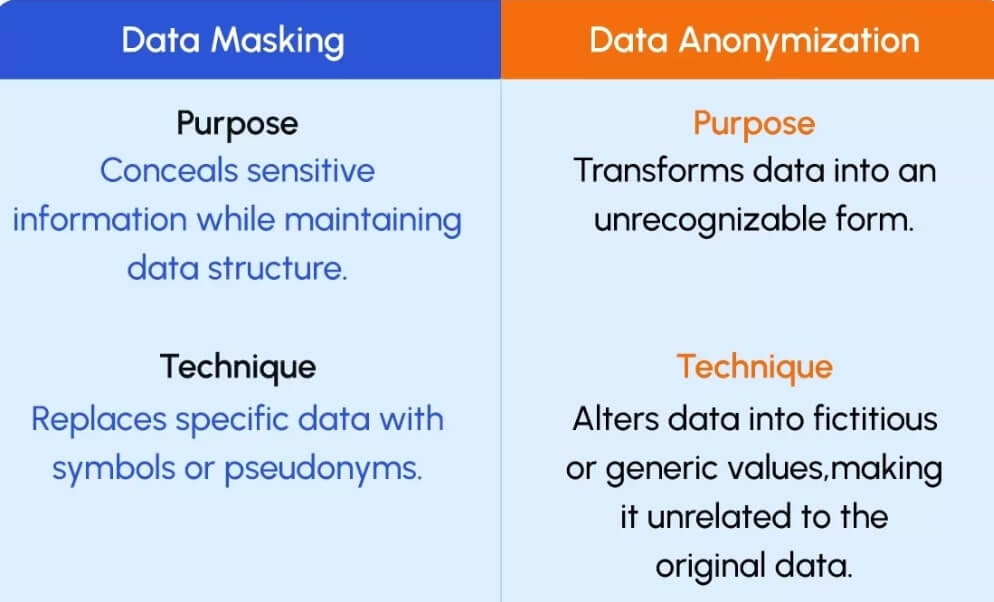
Execution and Reporting
- Scheduling and Execution: The test suite of the regression tests can be scheduled and executed with every new code change or in a regular time interval.
- Analyzing Test Results: Analyze test results thoroughly to identify regressions and potential issues.
- Regression Test Reports: Offer clear reports structured with a summary of the test results and the regressions found, with the steps for their resolution.

Integration with CI/CD Pipeline
Continuous Integration and Continuous Delivery (CI/CD) is a set of development practices that includes software process automation in build, testing, and deployment. The regression testing integrated into the CI/CD pipeline includes the following:
- Quick Feedback: Automated regression tests provide immediate feedback on changes in the code, and hence, the bugs can be fixed very quickly.
- Improved Quality: Early detection and resolution of regressions lead to higher software quality.

- Reduced Risks: Automating regression testing reduces the risk of regressions slipping into production.
Here’s how to integrate regression testing into your CI/CD pipeline:
- Choose a CI/CD Tool: Popular options include Jenkins, GitLab CI/CD, and CircleCI.
- Configure the Pipeline: Integrate your automation framework and test suite with the CI/CD tool.
- Trigger Tests: Set up triggers to automatically execute regression tests after code commits or builds.
- Analyze and Report: Integrate results analysis and reporting tools within the pipeline for efficient feedback.
Advanced Regression Testing Techniques
Beyond the core strategies, consider these advanced techniques for comprehensive regression testing:
- Exploratory Regression Testing: It is a manual, in-depth exploration of the application to find any possible unscripted regression but especially changes related to user interface (UI) or corner cases.
- Equivalence Partitioning: This technique divides the data input into classes of equivalence such that each member of one class tends to exhibit behavior of an equal kind. Testing should be done with a representative of each class, ensuring that the functionality is consistent for different provided inputs.
- Boundary Value Analysis: This involves a form of input values testing at the boundary of valid ranges and some invalid values. This will show some related bugs in data handling and validation logic.
- Mutation Testing: Mutation testing is a black box testing example technique where the tester introduces small changes (mutations) to the code deliberately and reruns the regression test suite. If the mutated code is executed and gives a different result in failing the tests, then it is probable that the original code has a problem with error detection.
Selecting the Right Regression Testing Tools
A great deal of difference in the range of tools is available to support regression testing. Given these, the following categories may be of help in deciding which tool is appropriate for a specific regression testing:
- Open-Source Test Frameworks: Those must have the Selenium framework for the web, Appium for mobile applications, and Cypress for testing both web and mobile applications. Unit tests should have JUnit and TestNG. They are flexible, leaving room for one’s customization, hence a necessity of being good in development.
- Commercial Testing Tools: These tools include HP UFT (Unified Functional Testing), Tricentis Tosca, and Ranorex. These test tools provide prebuilt functionality that are applicable for covering a wide set of testing needs. These tools might be easier to learn, but most often have licensing costs.
- Record and Playback Tools: The tools record the interaction of a user and playback the interaction as an automated test. They are more appropriate in simple regression tests, but they may not be fit for complex functionalities.
Best Practices for Regression Testing
Here are some key practices to ensure your regression testing is effective:
- Maintain Test Data Integrity: Regularly update and refresh test data to ensure its relevance and effectiveness.
- Test Scripts Under Version Control: The implemented version control system tracks and makes changes to the test scripts. It is easy to work together and even maintain the history of the test.
- Continuous Improvement: The test suite is dynamic and it will need to be evaluated and updated each time when the functionalities are changed or a new feature is added.
- Communication and Collaboration: This ensures clear communication between the testers, developers, and other stakeholders on activities and findings from the regression testing.
Measuring the Effectiveness of Regression Testing
Here are some of the matrices based on which you can measure the effectiveness of your regression testing strategy:
- Test Coverage: Measure the percentage of functionalities covered by your regression test suite.
- Defect Detection Rate: It is the number of defects found during testing about the total number of regressed occurrences.
- Test Execution Time: Monitor the time taken to execute the regression tests, which should be efficient in giving feedback on time.
- Return on Investment (ROI): Cost saving from avoided regressions versus the regression testing cost itself.
These metrics are tracked, and trends are analyzed to ensure that the tuning of your strategy for optimum efficiency and effectiveness is on course.
Case Studies
Real-world examples showcase the effectiveness of a well-implemented regression testing strategy:
- E-commerce Platform: A full and selective regression testing was being followed according to the scope of changes applied in the code on one of the large, established E-commerce platforms. That approach is meant to ensure thorough testing with maximum time and resources being utilized. They realized a huge decrease in post-release bugs and hence had a much more stable, reliable platform for their customers.
- Financial Service Company: This entity applied the prioritized regression testing approach to its mobile application. High-priority functionalities, such as account management and transactions, were often tested, whereas the low-risk ones were tested less often. The result was that they were able to identify and resolve critical bugs early in the development cycle, hence enhancing security in the said mobile application and making it more reliable.
- Social Media Platform: It is a type of social media that uses automation to complete most of its regression testing. The company successfully saved much time and energy while giving them a testing environment that was consistent and dependable for their needs. Core functionalities were automated so that manual testing could focus on the new features and enhancements to the user experience.
These case studies clearly determine the fact that modification of regression testing strategy according to project-specific requirements really would result in better quality, reduced development costs, and increased user satisfaction.
FAQs
1. When to perform regression testing?
After fixing the bug or adding any new feature to the code, otherwise after making any change anywhere within the code. It also recommends, for the development cycle, doing regular regression testing.
2. How much automation is necessary?
The level of automation is strictly a project and available resources. Even though full automation could be desirable, some middle ground between automated and manual testing could suffice.
3. How to handle false positives?
False positive cases are when the automation test case fails, yet in reality, no bug has been introduced. Investigate each of the failing test cases to identify the actual regressions and fine-tune the test scripts to prevent recurrence.
4. What are the common challenges that one will go through in performing regression testing?
Common challenges that occur include maintaining a comprehensive test suite, effective management of test data, and keeping pace with frequent code changes.
5. How does regression testing fit into Agile methodologies?
Agile development encourages more frequent releases of partly developed software. The preference for regression testing, but only in core functionalities and corresponding user stories, can help in Agile environments. Automation should be used to ease testing for features that change more often.
Conclusion
An understanding of the strategy and effective planning, including automation and integration with the CI/CD pipelines, should help you maintain the stability and reliability of the changes in the code.
Always remember, that the regression testing strategy is a dynamic process, always improving by continually monitoring the results, refining your test suite, and adapting to project needs.
Read More:
Staying ahead of the QA is crucial to business success. That’s why we are here to unveil top 5 QA automation testing trends that will shape the industry in 2024.




